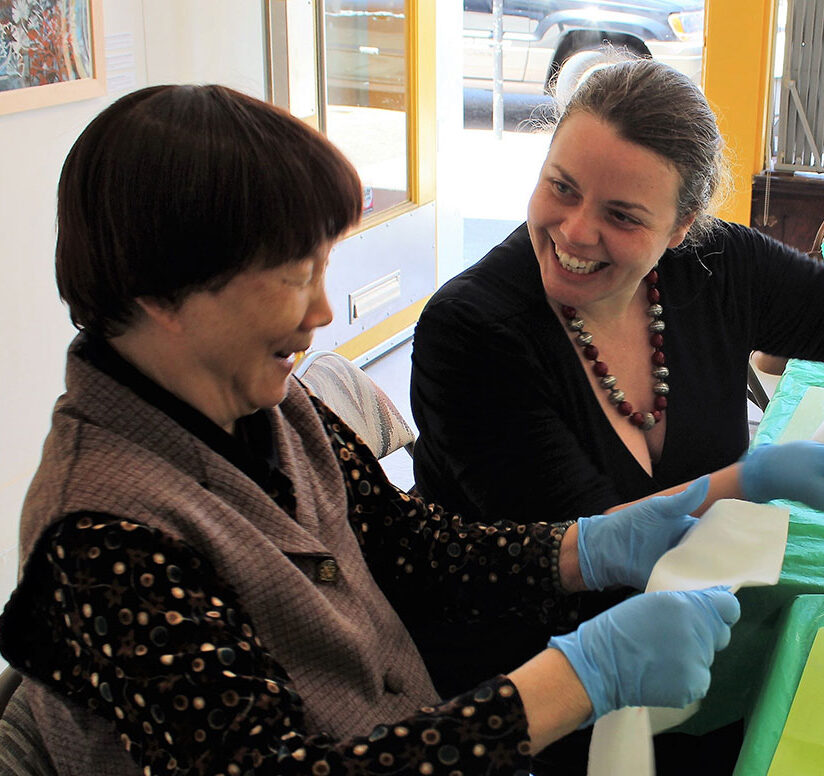A November 10 submission to the Office of Management and Budget (OMB) by the Drug Enforcement Administration (DEA) of a final rule regarding telemedicine flexibilities for the prescription of controlled medicines suggests that yet one more extension will soon be made.
While the final rule is not yet available in full, the now-public title—“Fourth Temporary Extension of COVID-19 Telemedicine Flexibilities for Prescription of Controlled Medications”—makes clear, at least in part, what the rule will communicate. In addition, this rule’s title is similar to that of previous extensions of COVID-era flexibilities allowing clinicians to prescribe controlled substances through telehealth: see this from 2024.
Based on the extension from last year, LeadingAge anticipates DEA will extend the flexibilities until December 31, 2026 to allow time to consider new regulations governing telemedicine for controlled substances. The Biden Administration made multiple attempts to draft new regulations around this issue.
In our March 2025 comments to the DEA on an E-prescribing proposed rule that would establish special registration requirements for prescribing controlled substances via telehealth, we express grave concerns that the proposed rule will only further limit access to critical drugs for the vulnerable older adults LeadingAge’s nonprofit and mission-driven members serve. The rule’s expectations, we argue, were onerous and could prove impossible for hospices and other aging service providers to comply with due to the emergent nature of services and necessity of quickly prescribing schedule II drugs to control symptoms.
More recently, in October 2025, LeadingAge along with three other hospice and palliative associations asked DEA to extend the current COVID era telemedicine prescribing flexibilities if they should lapse before DEA published a final rule. The letter also asked DEA to exclude hospice and palliative care providers from any final rule requirements.
LeadingAge is hopeful this anticipated extension will allow providers to continue to use the flexibilities until a better solution that protects patient access while preventing controlled substance diversion is reached.

 Shutdown Week Three: Impact of Ongoing Closure on Affordable Housing
Shutdown Week Three: Impact of Ongoing Closure on Affordable Housing Colleagues on the Move, November 12, 2025
Colleagues on the Move, November 12, 2025


